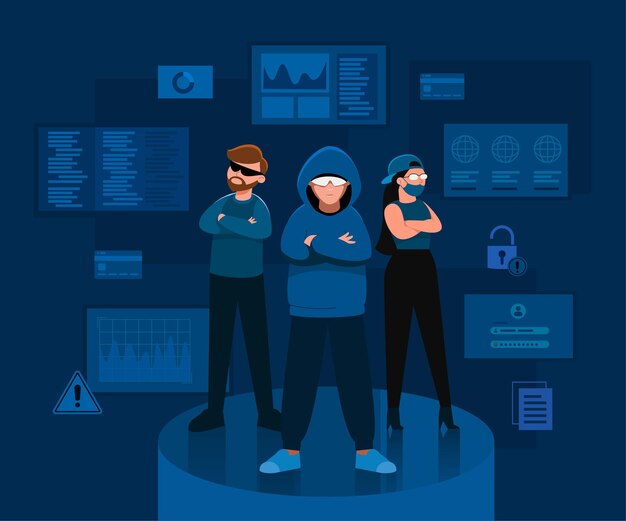



Stay up to date with the latest developments in cybersecurity with the best cybersecurity company in the UAE and benefit from our forward-looking and guidance reports to maintain the integrity of your data and your electronic security




























When it comes to protecting your data and electronic systems, choosing the right cybersecurity company makes a big difference. At our company, we provide a unique and comprehensive experience that guarantees you the utmost safety and professionalism





Get the answers and guidance you need to enhance your data protection and cybersecurity
You can protect yourself and your company from cyber threats by implementing basic security measures such as updating software, strengthening passwords, using anti-virus software and firewalls, as well as providing training and awareness to employees.
Yes, we provide customized consulting services to help companies assess their cybersecurity and develop effective protection strategies.
Yes, cloud cybersecurity solutions offer numerous advantages such as low cost and savings on updates and maintenance, making them a good choice for businesses of all sizes.
Call now to explore our innovative services and make your experience with us unique and fruitful
WhatsApp us